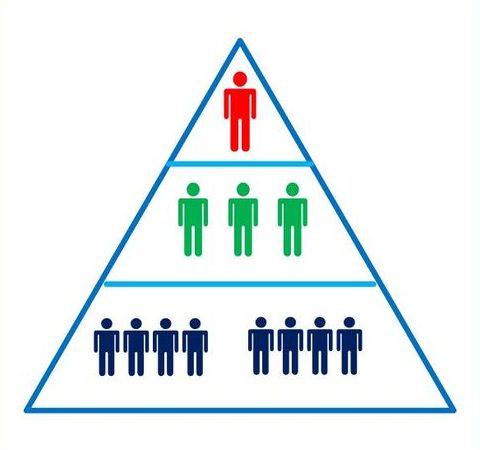Creativity and innovation are generally understood as routine drivers of successful organizational growth. Organizations are facing enormous pressure to innovate in order to attain competitive advantage from the global environment that is increasingly becoming intricate and competitive. Due to this, organizational management has to inculcate or reinforce culture of creativity and innovation within organization; however, much of the focus in this endeavor is on the individual level but team work is also essentially encouraged. Individuals are of vital importance in creativity and the innovation process requires a supportive well-managed atmosphere that can translate novel ideas into innovative product effectively.
Generally the two concepts are diverse as creativity can be production of new ideas and concepts, which are applied through a process, which then becomes innovation.… Read the rest


